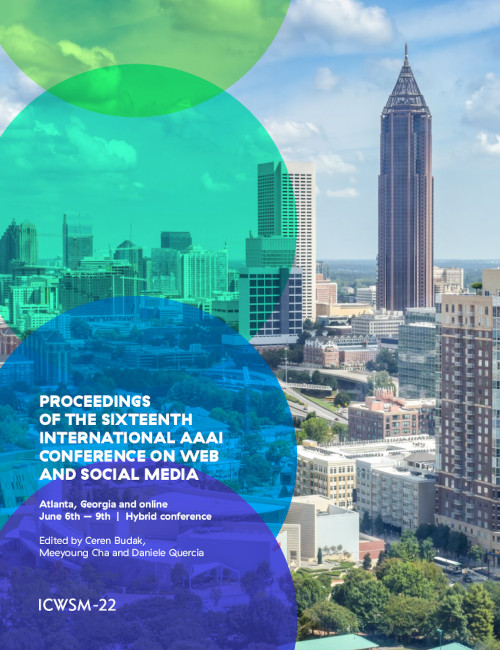Identifying Competition and Mutualism between Online Groups
DOI:
https://doi.org/10.1609/icwsm.v16i1.19352Keywords:
Organizational and group behavior mediated by social media; interpersonal communication mediated by social media, Qualitative and quantitative studies of social media, Trend identification and tracking; time series forecasting, Social network analysis; communities identification; expertise and authority discoveryAbstract
Platforms often host multiple online groups with overlapping topics and members. How can researchers and designers understand how related groups affect each other? Inspired by population ecology, prior research in social computing and human-computer interaction has studied related groups by correlating group size with degrees of overlap in content and membership, but has produced puzzling results: overlap is associated with competition in some contexts but with mutual-ism in others. We suggest that this inconsistency results from aggregating intergroup relationships into an overall environmental effect that obscures the diversity of competition and mutualism among related groups. Drawing on the framework of community ecology, we introduce a time-series method for inferring competition and mutualism. We then use this frame-work to inform a large-scale analysis of clusters of subreddits that all have high user overlap. We find that mutualism is more common than competition.Downloads
Published
2022-05-31
How to Cite
TeBlunthuis, N., & Hill, B. M. (2022). Identifying Competition and Mutualism between Online Groups. Proceedings of the International AAAI Conference on Web and Social Media, 16(1), 993-1004. https://doi.org/10.1609/icwsm.v16i1.19352
Issue
Section
Full Papers

